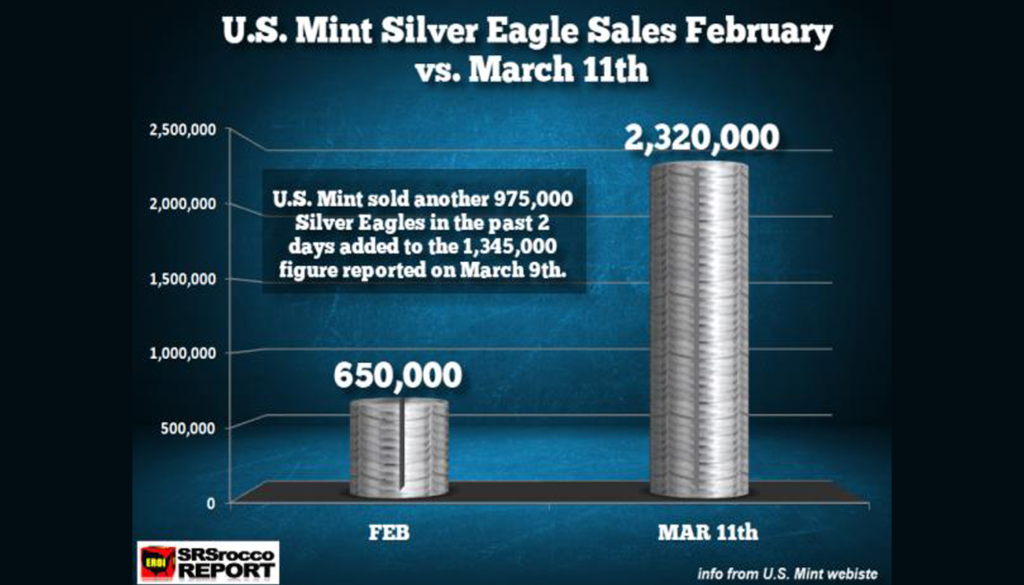Gold hit its highest level in nearly three weeks on Monday, and one expert said the precious metal could rise nearly 20 percent by by the end of the year—a call many traders thought was too aggressive for this market.
Spot gold rose as much as 2.2 percent to $1,343.06 an ounce, its highest since July 24. The precious metal has much more room to run, too, said Anthem Blanchard, CEO of Anthem Vault, which sells physical gold and silver to U.S. consumers and holds $1 million in assets. Blanchard cited three reasons for why he thinks gold could climb to $1,600 an ounce by year end, all of which have to do with the fundamentals.
(Read more: Gold settles above $1,330, near 3-week high)
1. A gold short squeeze appears to be in play, Blanchard said. In other words, many investors sold gold short in hopes that its price would plunge, but the price of gold has been climbing for several sessions now. So the shorts must cover their trade, meaning they must buy back the gold position they shorted and take a loss, since they now have to buy gold at a higher price.
Professional traders Anthony Grisanti and Rich Ilczyszyn agreed that short covering, as well as an increase in net longs, has been a tailwind for gold.
“The shorts have greatly reduced their positions over the last few weeks and you almost have as many longs in there,” said Grisanti, founder of GRZ Energy, at the New York Mercantile Exchange.
2. An increase in gold demand from China and India has been another catalyst for gold, Blanchard said. China’s consumption of gold in the first half surged by more than 50%, reinforcing expectations that the nation will overtake India as the world’s top gold consumer this year, the China Gold Association said in a statement on its website on Monday.
3. The biggest driver for gold prices, though, is the expectation that the Federal Reserve will keep interest rates at near zero, Blanchard said.
Though Grisanti wouldn’t speculate on the Fed, he said any talk of tapering would be an absolute game changer for gold. “That’s what will put a lid on this thing, because if we taper, gold is coming off,” he said.
(Read more: Where to find gains ahead of possible Fed taper)
In Chicago, most traders think tapering is a “pretty good bet” with rates likely to rise, Ilczyszyn said. While the Fed has said it won’t raise rates unless employment improves, he argued it’s the market, not just the Fed, that actually dictates rates.
If rates rise and Treasury yields fall, Ilczyszyn said, people will realize bonds are “not a safe haven play” and will opt to invest in gold instead.
But Blanchard, pointing to a sluggish U.S. job market and an economy void of a visible increased rate of inflation, is ready to rule out tapering.
“It’s very difficult for me to really put any credence into seeing any type of, you know, real tapering,” he said. “Interest rates have to be kept low for the foreseeable future and ultimately, that environment bodes incredibly well for gold.”
Technically speaking, gold isn’t hitting $1,600
Though pro traders see upside for gold, there is a lot of skepticism among traders for Blanchard’s $1,600 target.
Though the fundamentals are important, pros said the technicals will be the key driver. A big clue, Grisanti said, is that gold has climbed despite the dollar’s strength. Should gold continue to close above its 50-day moving average, he said, the next level of resistance could be $1,348, followed by $1,380, with potential to reach $1,450 an ounce.
If gold continues to close above its 50-day moving average and sentiment among investors changes to where gold is again seen as a “flight to quality”—meaning it will yield a higher return than equities or stocks—pro trader Jeff Kilburg thinks it could rise to $1,420 an ounce, which was major resistance when gold broke down earlier.
If gold is able to break though $1,420, it could go to $1,525, a “key old, multiyear low” that gold had long failed to fall through until gold broke down in April, said Kilburg, founder and CEO of KKM Financial.
Ilczyszyn, founder of iiTrader, is looking at the first level of resistance at $1,350, followed by $1,400, with potential to reach $1,470 an ounce. Barring some kind of “black swan” event, though, he actually thinks gold will trade sideways for the year.
But $1,600?
“It’s way too early for that big of a call,” Ilczyszyn said, and besides, history shows that gold tends to trade in a $300 range, making such a big move unlikely.
Drew Sandholm – CNBC – August 12, 2013






